Everything You Need to K...
- Mon to Fri: 09:00 am to 07:00 pm
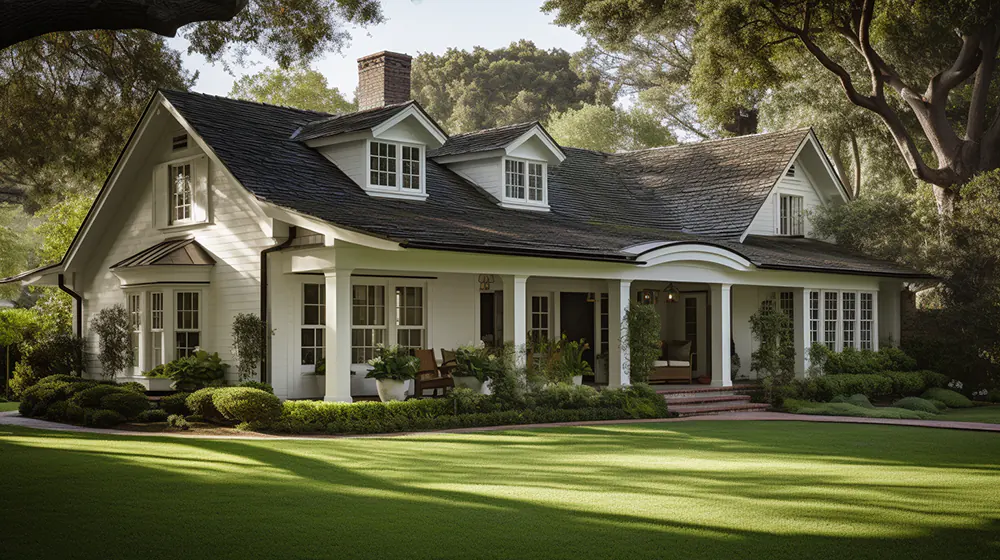
What exactly is hardboard siding? What are the pros and cons of hardboard siding? Is hardboard siding bad? We want to help you answer those questions! Hardboard siding, commonly referred to as pressboard siding or masonite hardboard siding , is a popular choice among homeowners and architects alike and offers a unique blend of durability and aesthetic appeal. This versatile material delivers the classic allure of wood while promising a greater resistance to the elements, making it an attractive choice for both new constructions and renovation projects.
In this blog post, we’ll dive into the features and benefits of hardboard siding, the negative side of hardboard siding, its installation process, and maintenance tips to help you decide if it’s the right choice for your home. Join us as we explore the world of hardboard siding!
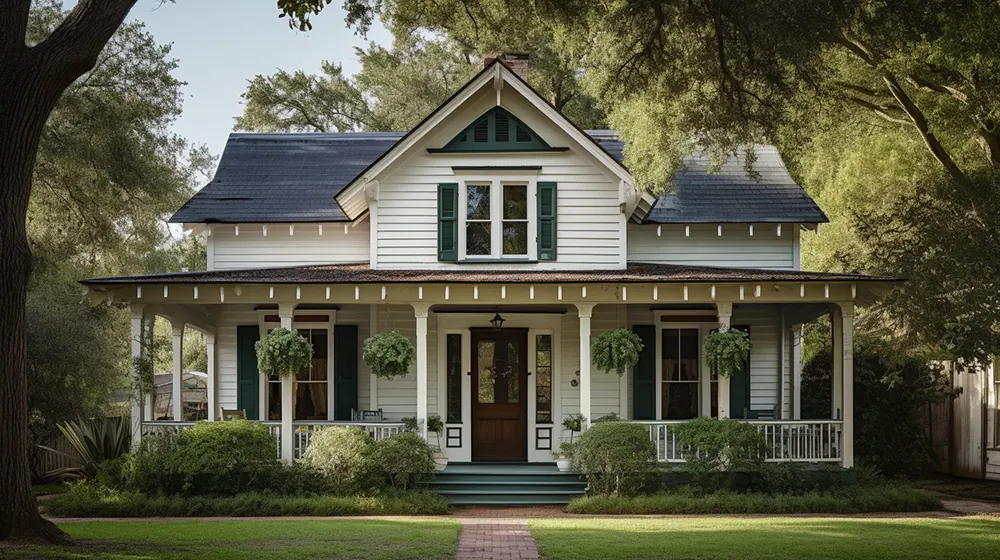
Hardboard lap siding, not to be confused with the fiber cement siding commonly called Hardie board siding, first made its appearance in the late 19th century, when it was used primarily for exterior applications such as barns and sheds. In the early 20th century, hardboard siding products began to be used more widely on residential homes in order to provide a durable, aesthetically-pleasing solution.
Over time, the pressboard siding brand manufacturers’ process has been refined and improved upon, resulting in an even higher quality product, to the point when the American Hardboard Association was created to improve industry standards.
Hardboard siding offers an array of advantages over other traditional materials, including:
Unlike vinyl siding or wood siding, hardboard is resistant to rot, warping, and damage from extreme temperatures. It’s also less susceptible to fire than wood siding.
This material captures the classic look of wood or synthetic wood siding, with a variety of colors and textures available that can give any home a unique touch.
Hardboard siding is made from engineered wood fibers, usually chipped aspen wood, which is easy to cut and install with simple tools.
Hardboard siding is typically made from recycled wood fibers and resin, making it a more environmentally friendly option than other types of siding that are manufactured using non-renewable resources, such as cement fiber siding.
Hardboard has excellent insulation properties, helping to keep your home warm in the winter and cool in the summer. This can potentially lead to significant energy savings in the long run.
Compared to other popular siding material prices like brick or stone, hardboard siding is relatively inexpensive. Its long lifespan and low maintenance requirements also contribute to its overall cost-effectiveness.
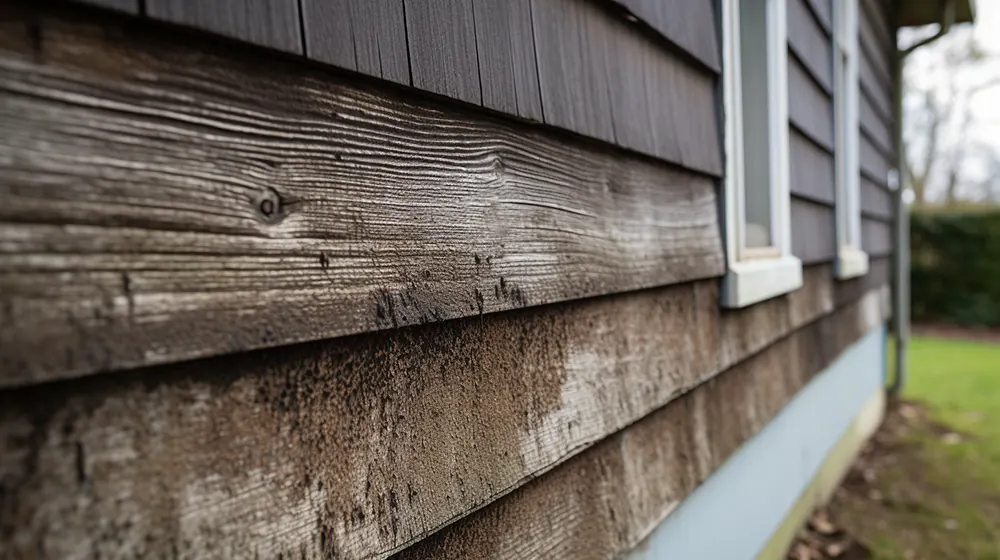
Despite its numerous advantages, hardboard siding also has some drawbacks that should be taken into consideration:
While hardboard is resistant to many elements, it is not completely immune to water damage. If not properly sealed and maintained, hardboard can absorb moisture, leading to swelling and deterioration over time.
Despite being marketed as low-maintenance, hardboard siding requires regular inspections and prompt repairs to maintain its integrity and appearance. This might include resealing and repainting to protect it from the elements. If not properly maintained, your hardboard siding will not last as it was intended to.
Hardboard siding can be susceptible to termites and other wood-destroying insects. If hardboard siding is not properly treated and sealed, it can be a prime target for these pests.
While hardboard siding comes in a variety of colors and textures, it may not offer as many style options as other types of siding.
Some hardboard sidings have been associated with health risks due to the presence of formaldehyde resins used in their manufacture. However, most modern products are free of such harmful substances.
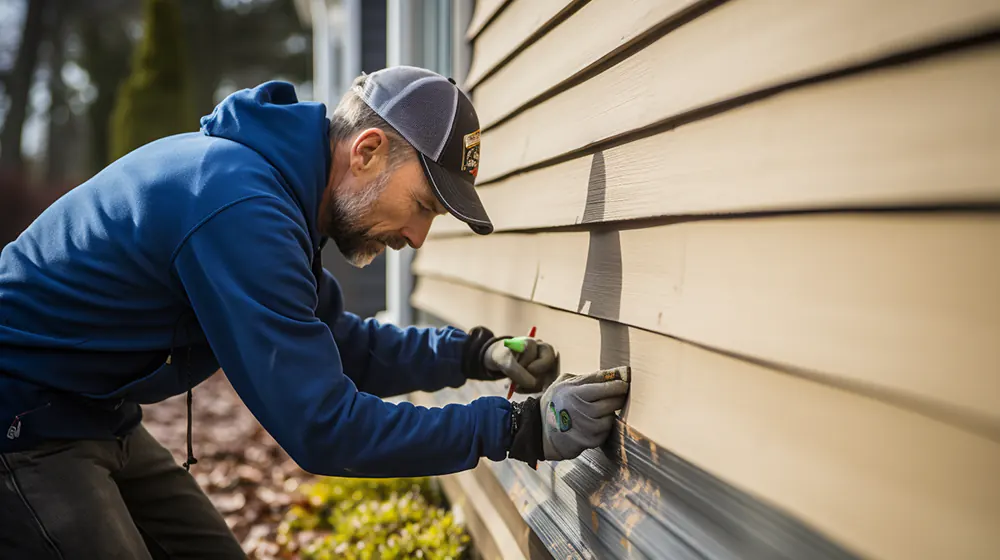
Installing hardboard siding is a relatively straightforward process similar to clapboard siding installation. The following steps will walk you through the basics of installing your hardboard siding and how to avoid improper installation:
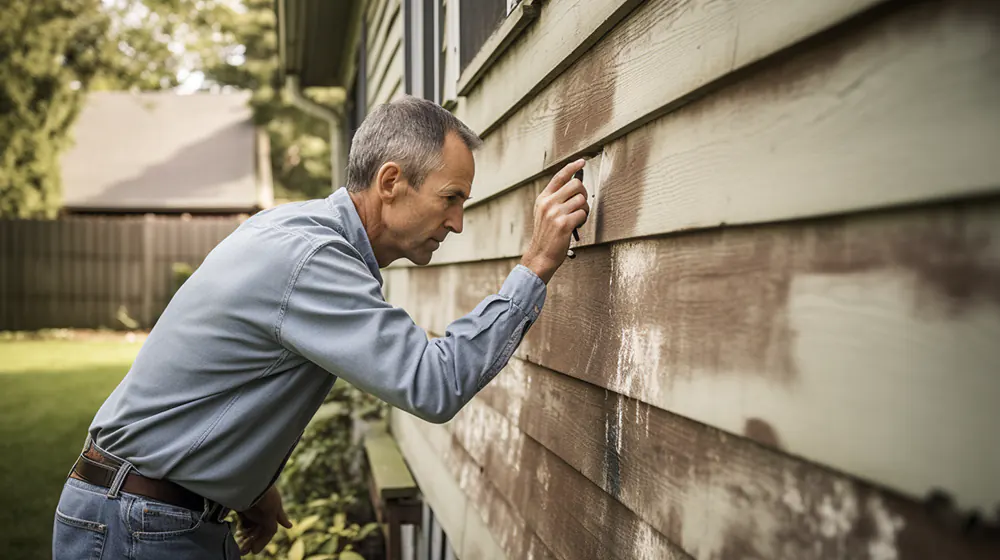
Once you’ve installed hardboard siding, you’ll want to take certain steps to ensure it stays in good condition. Here are a few tips on how to keep your hardboard siding looking great:
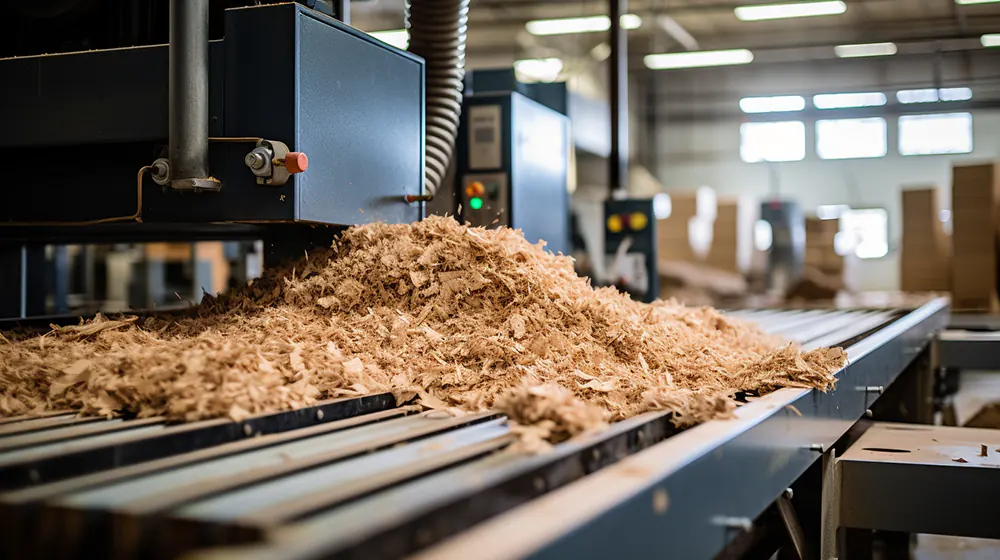
Hardboard siding is made from wood fibers and wood chips that are mechanically processed into a dense sheet with other glues and resins through heat and pressure, hardboard siding is designed to withstand harsh weather conditions and resist decay and pests. At the factory, the wood fibers are treated with various chemicals to create a stiff board. The board is then cut into strips of various sizes and shapes, depending on the desired look, and installed with nails or adhesive.
The finished product offers a durable, aesthetically-pleasing solution that can last for decades if properly maintained. With more homeowners looking to embrace eco-friendly solutions for their homes, hardboard siding continues to rise in popularity as a sustainable alternative to traditional wood or vinyl siding.
Old hardboard siding was once a popular choice due to its affordability and ease of installation, it’s important to note that it is more prone to moisture damage and swelling over time. On the other hand, newer hardboard siding is engineered to resist these issues and offers more durability and longevity. It’s important to look out for and address any old hardboard siding on your home, as it could lead to costly repairs down the road.
The best way to clean hardboard siding or any other masonite siding is to use a pressure washer with a mild detergent solution or simply wash it with soap and warm water. Make sure you rinse thoroughly after washing, as any leftover residue can lead to discoloration over time.
Hardboard siding is incredibly durable and can last up to 50 years or more, depending on the quality and care taken in its installation. Regular maintenance such as washing and repairing any damage as soon as it’s noticed will ensure the longevity of your siding.
While hardboard siding is generally low-maintenance, it should still be inspected regularly for signs of damage and pressure washed periodically to ensure it stays in good condition. Applying a coat of paint or primer may also be necessary to protect the material from the elements and keep it looking fresh
Yes, you can pressure wash hardboard siding. Be sure to use a mild detergent solution and a fan-tip nozzle to avoid damaging the material. Also, make sure to rinse thoroughly afterward as any leftover residue can lead to discoloration over time.
Yes, hardboard siding is more fire-resistant than wood or vinyl siding, and about the same as fiber cement cladding, making it an ideal choice for homeowners in areas prone to wildfires or other types of natural disasters. It’s also resistant to rot and warping due to extreme temperatures, making it a great choice for all climates.
Hardboard siding is an excellent choice for both new construction and renovation projects due to its durability, ease of installation, and low maintenance needs. With proper care and maintenance, it can last for years to come and keep your home looking its best.
Whether you’re building a new home from scratch or sprucing up an existing one, hardboard siding is sure to help bring your vision to life! If you have any questions feel free to reach out by giving us a call, email, or contacting us directly through our site. we’d love to help answer any questions or concerns you may have.